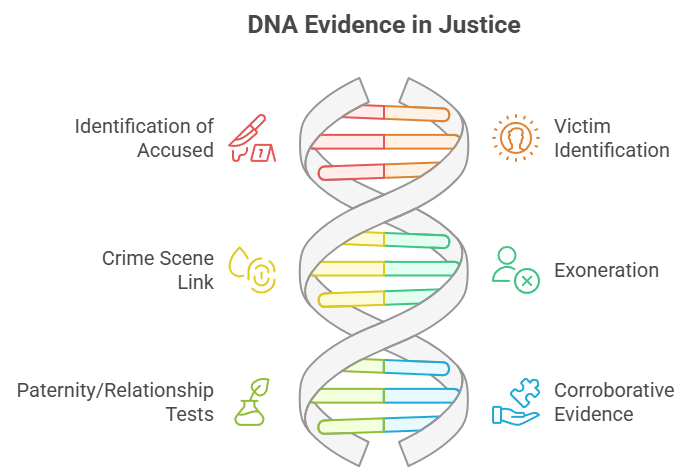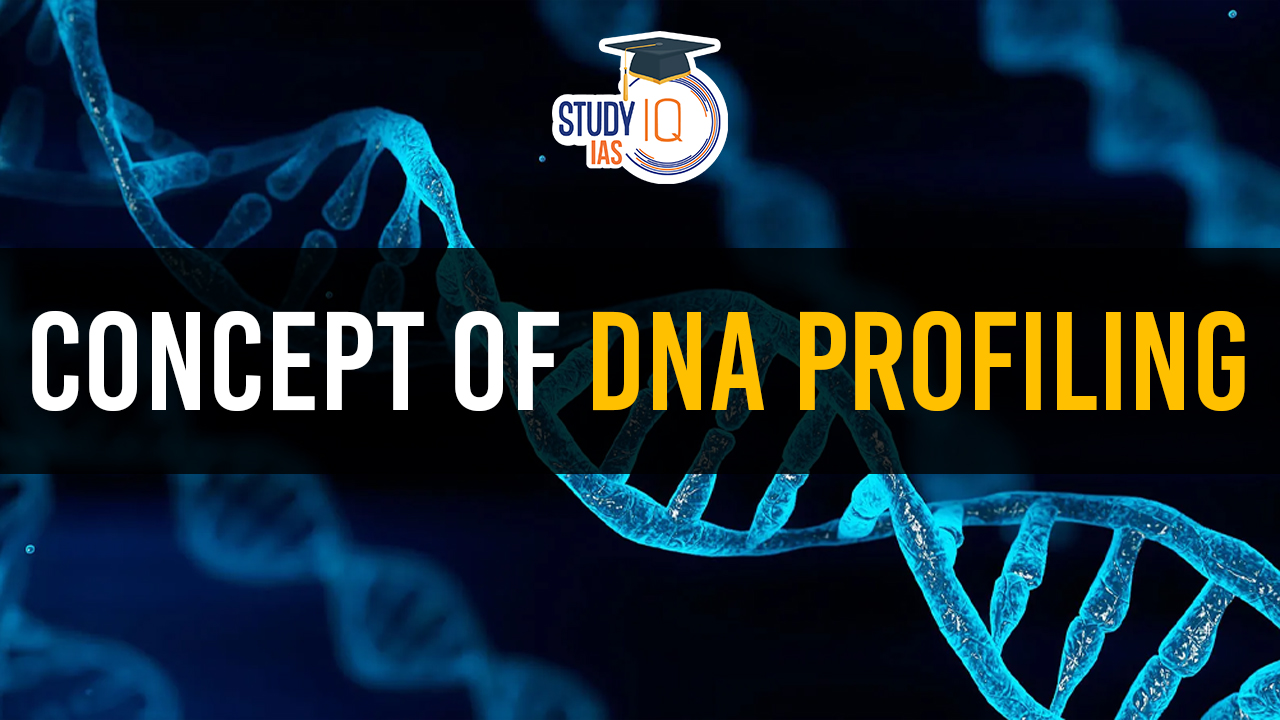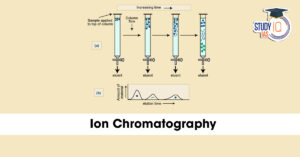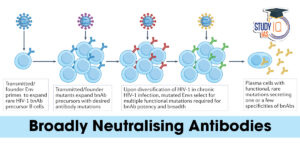Table of Contents
Context: The recent Supreme Court provided guidelines on DNA samples in criminal cases from Kattavalli @ Devakar v. State of Tamil Nadu. In mid-June, the Madras High Court set aside the conviction of a man accused of rape in a POCSO case.
More in News
- The prosecution did not prove the case beyond a reasonable doubt, leading to the conviction being overturned.
- The judgment questioned the sole reliance on DNA evidence to establish guilt.
What are the SC Guidelines on DNA?
- Uniform Documentation: States must prepare standard formats for the Chain of Custody Register and related records.
- Chain of Custody: Must record FIR details, officer names, designations, signatures, FSL serial number, etc.
- Secure Transport: Investigating officer responsible for safe, sealed, and timely transport of samples to FSL.
- Proper Storage: Samples must be preserved without contamination or delay.
- FSL Quality Control: Labs must ensure proper testing standards and note any lapses.

What is DNA Profiling?
- DNA profiling is the process by which a specific DNA pattern, called a profile, is obtained from a person or a sample of bodily tissue.
- Process of Profiling: The process includes isolating DNA, purifying it, measuring the amount, amplifying specific markers, and analysing the results.
- These patterns are unique to each individual (except identical twins) and are used to match DNA samples from crime scenes with suspects.
Concept of DNA Profiling
DNA Structure
- DNA, or deoxyribonucleic acid, is the hereditary material in humans and other organisms.
- It consists of sequences of four nucleotides: adenine (A), guanine (G), thymine (T), and cytosine (C).
- These sequences form a unique genetic code for each individual.
Short Tandem Repeats (STRs)
- Short tandem repeats (or STRs) are regions of non-coding DNA that contain repeats of the same nucleotide sequence.
- For example, GATAGATAGATAGATAGATAGATA is an STR where the nucleotide sequence GATA is repeated six times.
- The number of times these sequences repeat varies among individuals, creating a unique DNA profile.
- STRs are found in DNA at specific locations, known as loci.
Loci Examination
- In forensic DNA profiling, specific loci are selected to create a DNA profile.
- By comparing these loci, forensic scientists can determine whether two DNA samples match, helping to identify individuals and link them to crime scenes.
Issues Related to DNA Profiling
- DNA analysis is based on probability, not certainty. It can strongly suggest but not definitively prove identity.
- For example, a match might indicate that 1 in 100,000 people could have that DNA profile.
- Contamination of samples can occur if not handled properly, affecting the accuracy.
- Delays or mistakes in collecting or testing samples can lead to inconclusive results.
- DNA evidence should be supported by other evidence. It is not enough to convict someone on DNA alone without other corroborating facts.
Legal Perspective
- According to the Law Commission of India’s report, a match does not conclusively prove identity but indicates a probability ratio.
- In Pattu Rajan v. State of T.N. 2019, the court acknowledged that the value of DNA evidence varies by case and should be supported by other evidence.
- DNA evidence, while increasingly accurate, is not infallible and should not solely determine guilt or innocence.


 Advanced Air Defence Radars: Types, Comp...
Advanced Air Defence Radars: Types, Comp...
 Ion Chromatography, Working and Applicat...
Ion Chromatography, Working and Applicat...
 Broadly Neutralising Antibodies (bNAbs):...
Broadly Neutralising Antibodies (bNAbs):...

























